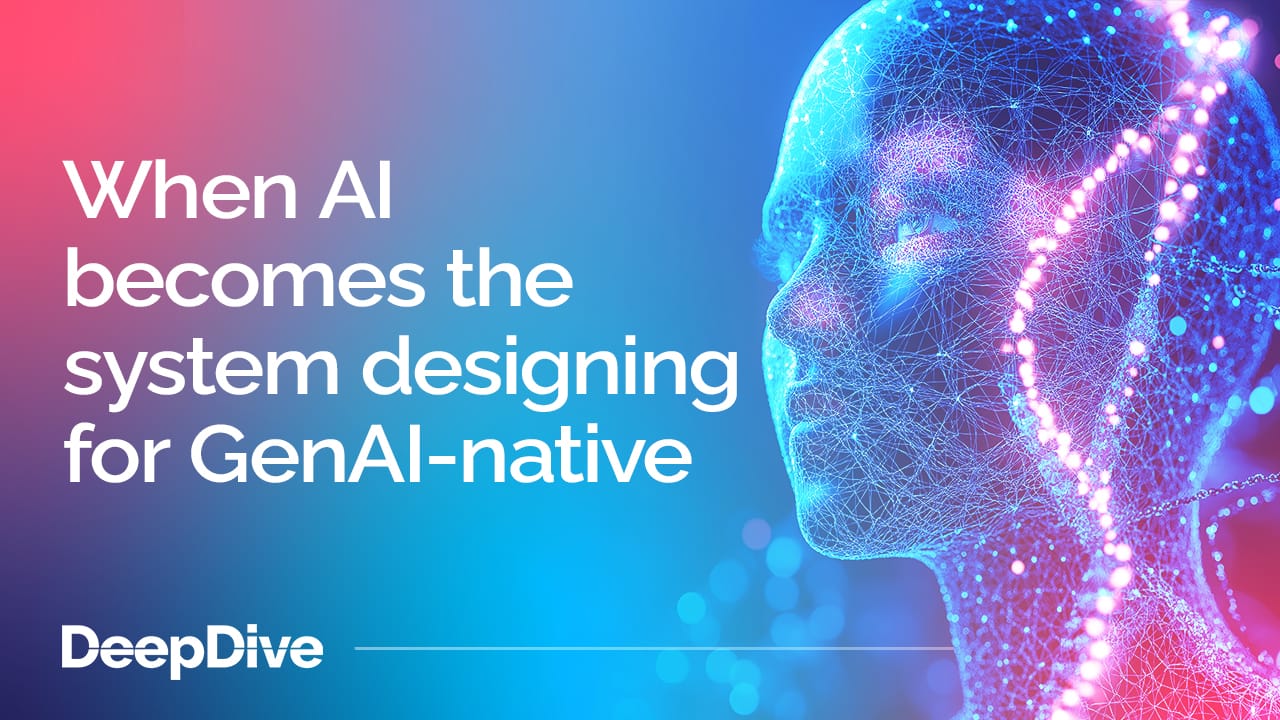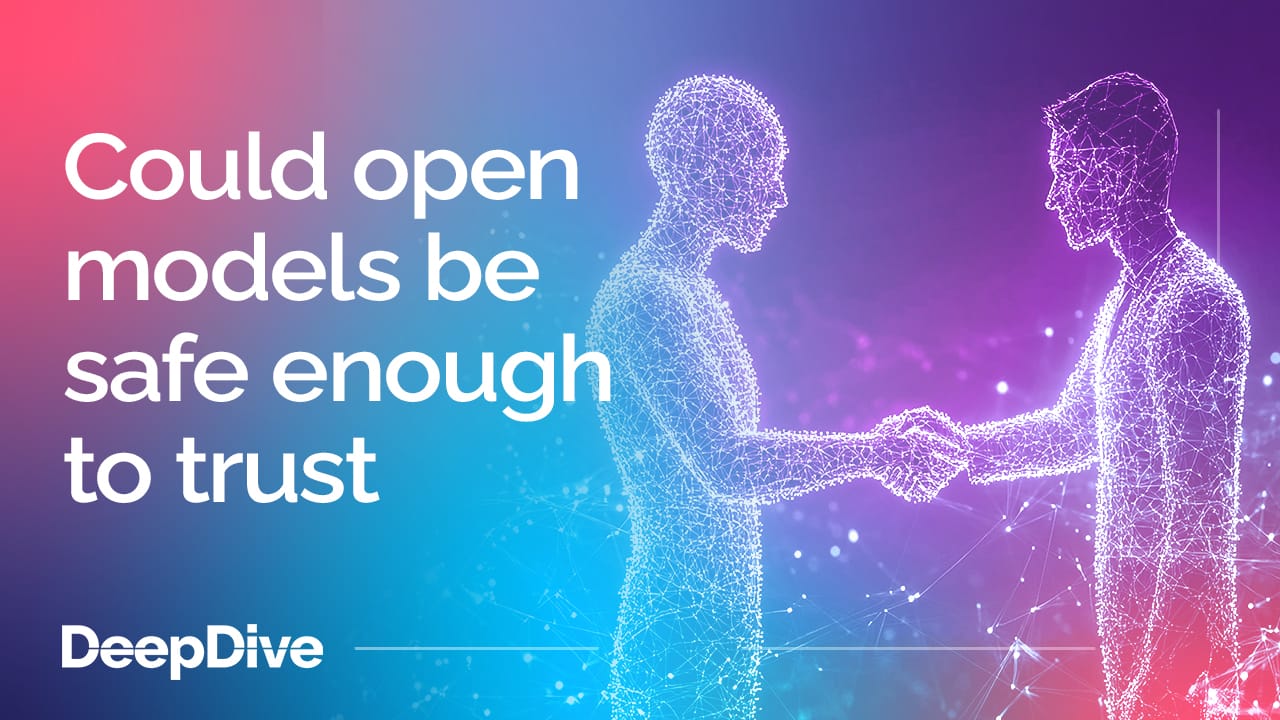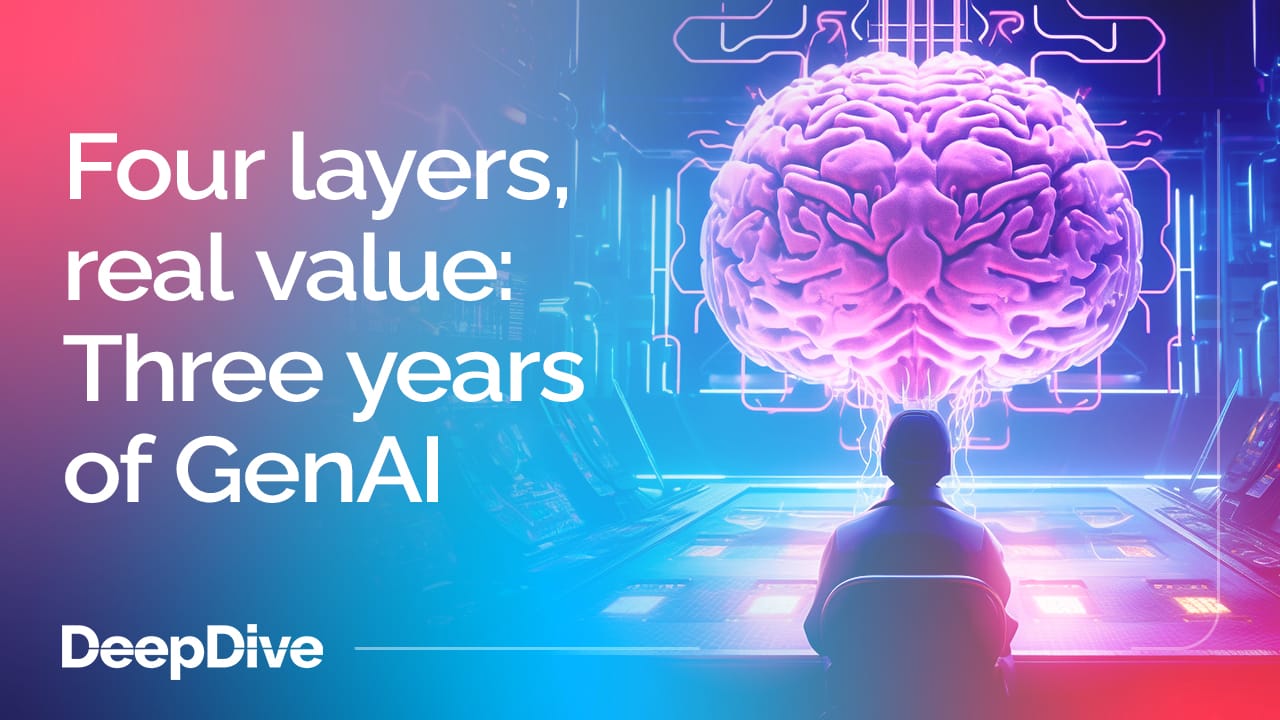
When AI becomes the system: designing for GenAI-native
A new wave of systems built around generative tech


Welcome to the 5 new deep divers who joined us since last Wednesday.
If you haven’t already, subscribe and join our community in receiving weekly AI insights, updates and interviews with industry experts straight to your feed.
Your weekly immersion in AI
They say teamwork makes the dream work – and in 2025, that’s absolutely true.
Except today’s ‘teammate’ sometimes has a neural network. Across science, design, and entertainment, we’re seeing collaborations where humans and AI systems are complementing each other’s strengths.
Here are four of our favourite examples of that partnership in action – all from this year, and all pointing to a more collaborative future.
For ten years, researchers at Imperial College London had been studying how antibiotic-resistant bacteria share DNA – a key mechanism behind so-called ‘superbugs’.
Then, they invited Google’s experimental AI Co-Scientist into the project. Within 48 hours, it generated a hypothesis that aligned with the team’s decade of findings – helping explain how bacteria use viral shells to transfer genetic material.
The AI didn’t perform the lab work; it simply spotted a pattern. But that insight saved scientists months of data analysis and pointed straight to the right experiments. And with antimicrobial resistance forecast to cause 39 million deaths between 2025 and 2050, every acceleration counts.
At Purdue University and the University of Tokyo, researchers built CARING-AI – a generative-AI system that creates context-aware augmented-reality instructors.
When you feed it a description of a task (for example, how to service a coffee machine), it generates a humanoid avatar that demonstrates the steps right in your physical space.
Think flat-pack furniture instructions crossed with mixed reality.
It’s niche, but quietly revolutionary: proof that GenAI can translate language into embodied, spatial instruction – which helps humans learn by doing.
In another lab, scientists used LLMs to mine decades of plant science literature for engineering inspiration.
Their system analysed relationships between structure and function (like how certain leaves flex or how pollen grains stick) then proposed bio-inspired materials that were actually tested in the lab.
The study reports early successes, including a pollen-based adhesive with measurable shear strength.
Here, AI is the interpreter between nature’s database and human imagination. Which is, in our opinion, very exciting.
Game developers on distribution platform Steam now have to disclose when they use generative AI. It’s a rule that was introduced by Valve (Steam’s developer) in early 2024.
Independent analyses of those developer self-disclosures (using the Steam API) suggest that over 7,800 titles now mention GenAI use. That’s around 7% of the entire Steam library, and roughly one in five games released in 2025.
These disclosures cover everything from AI-generated textures and dialogue to dynamic world-building.
And this shows that generative tools are quietly becoming everyday collaborators in creative work – especially for small teams who now have near-infinite creative assistants on tap.
Each of these breakthroughs works because of trust and complementary functions or skills:
It’s the same principle everywhere: the best outcomes come when people keep the purpose, ethics, and creativity – and let AI handle the scale and synthesis.
Which of these human-AI pairings inspires you the most – and do any of them worry you?
Join us in Riyadh in April 2026 to immerse yourself in the future of AI. Learn from the world’s leading developers, business leaders, and policymakers.

A new wave of systems built around generative tech

GenAI guardrails are evolving – and they might change the open vs closed debate


A new wave of systems built around generative tech

GenAI guardrails are evolving – and they might change the open vs closed debate
